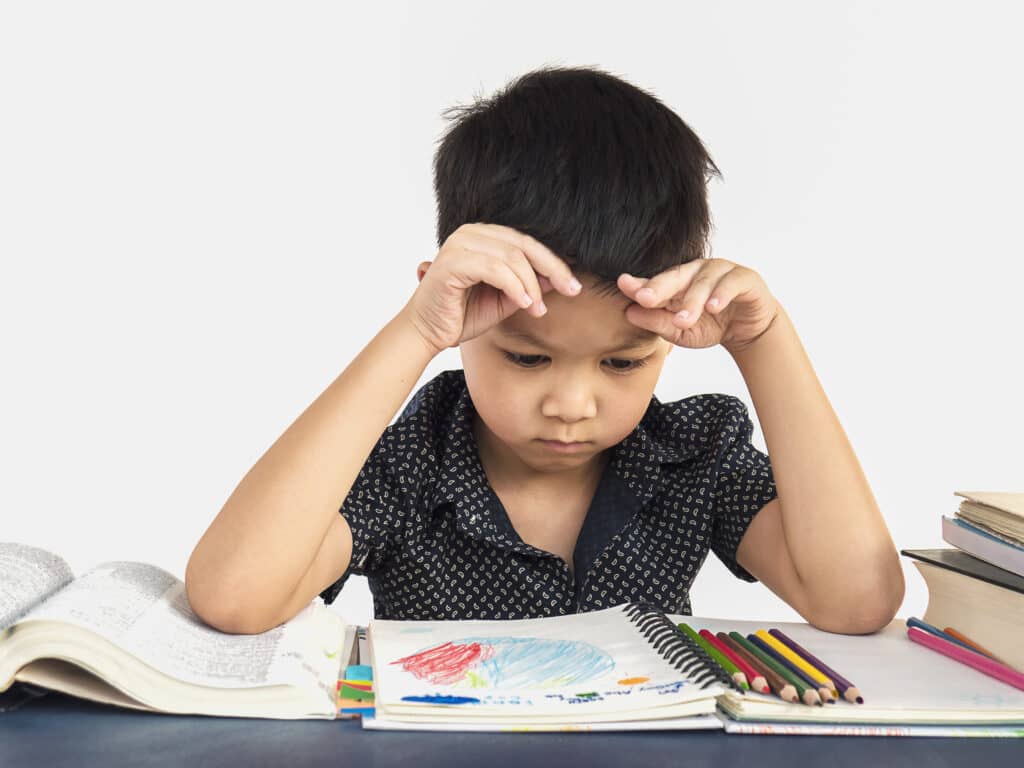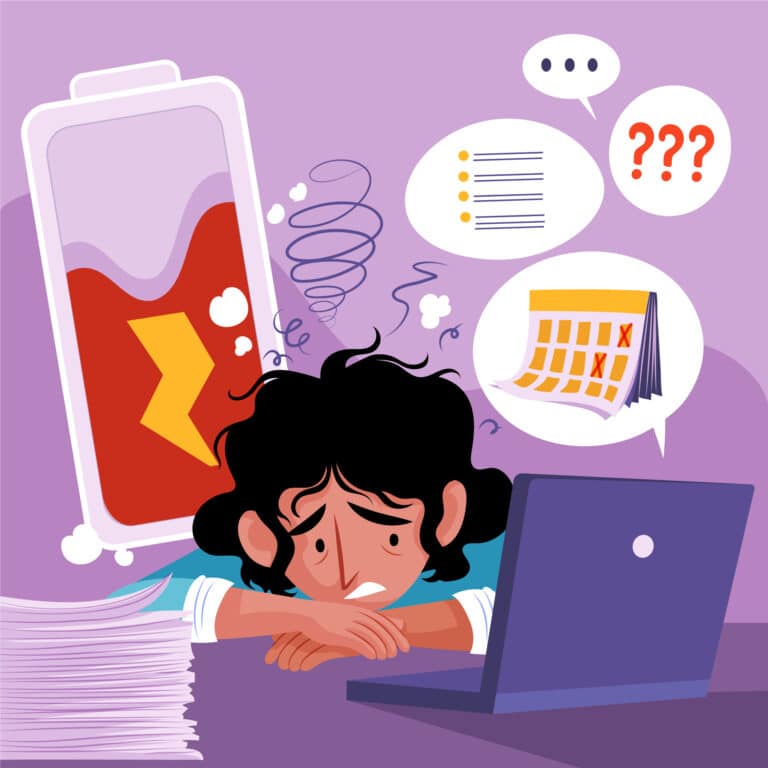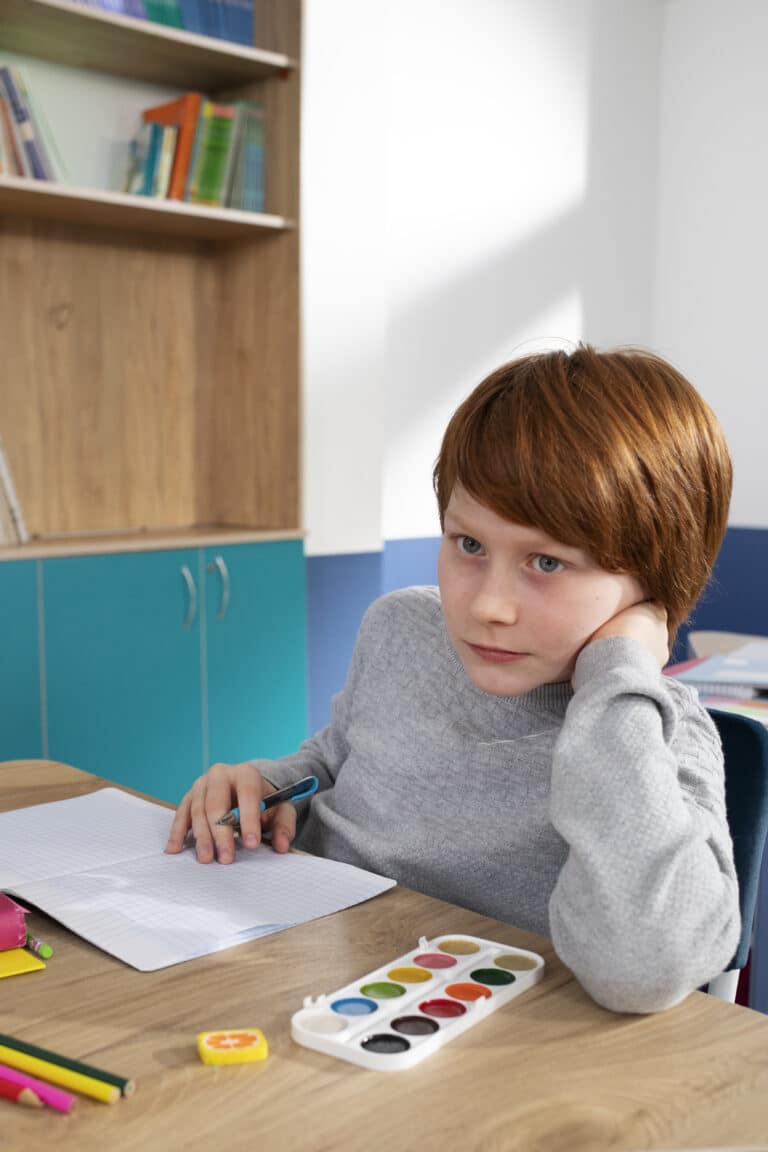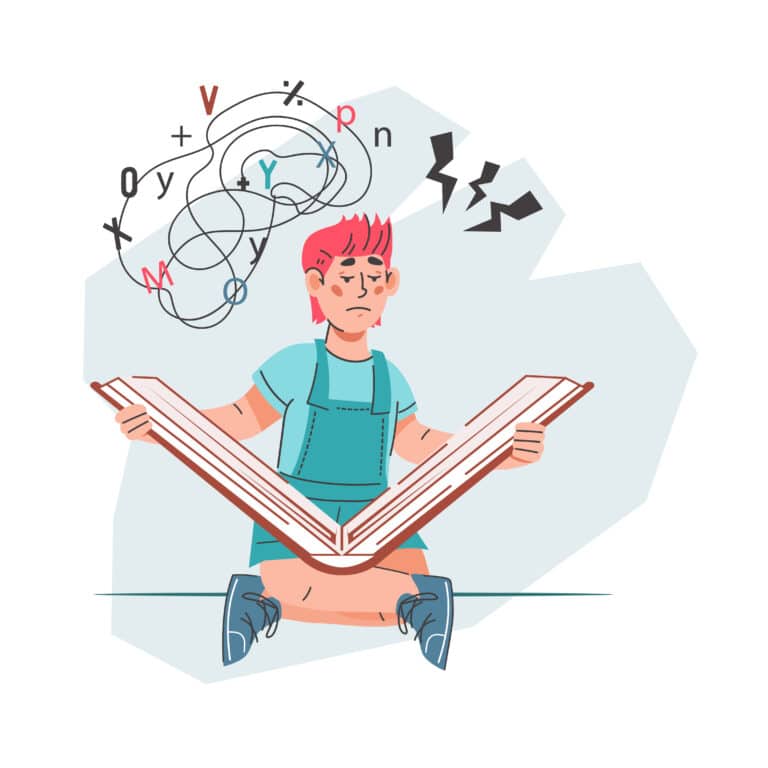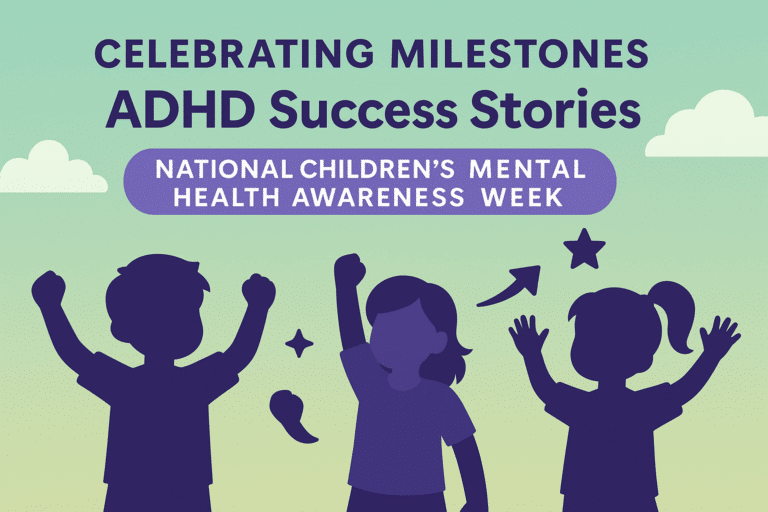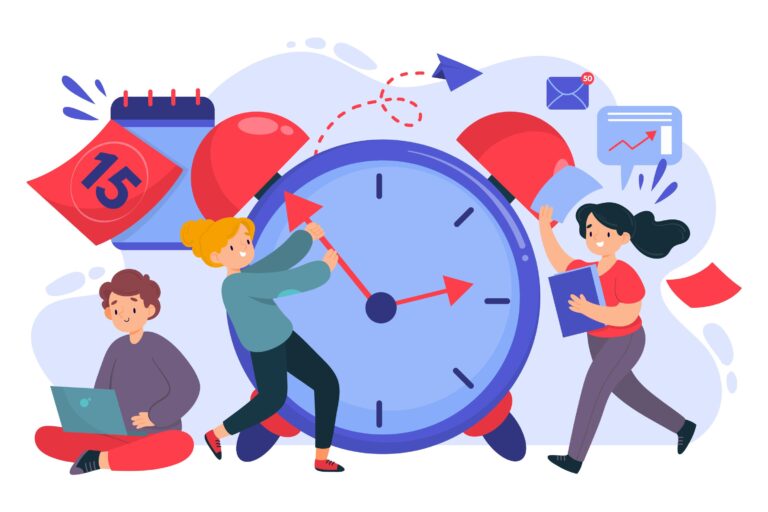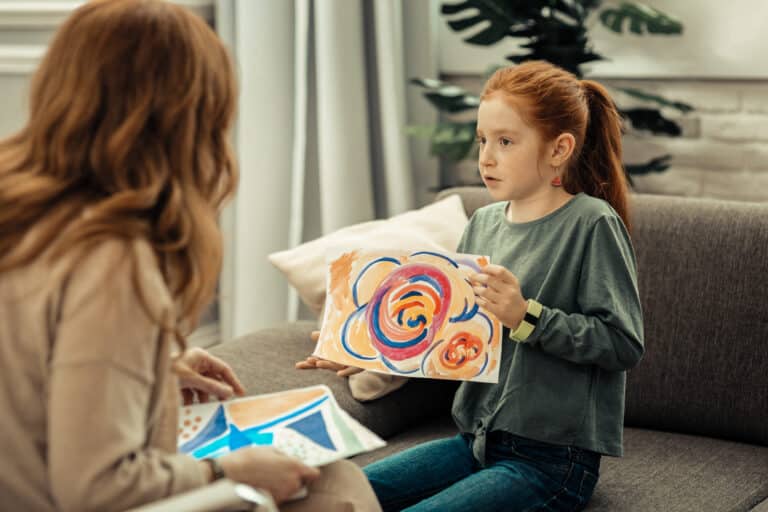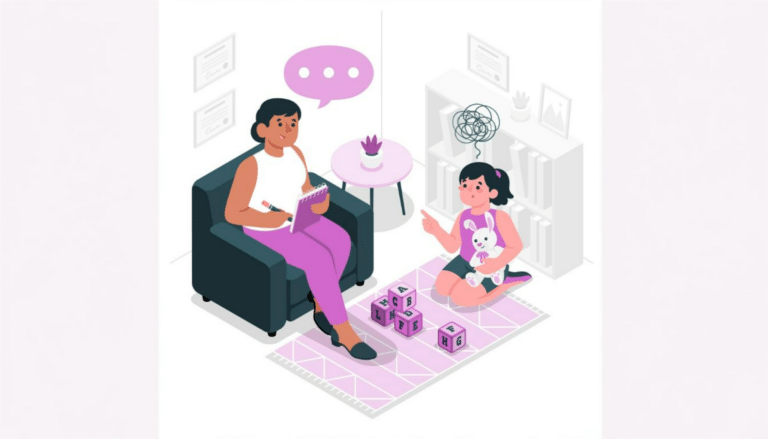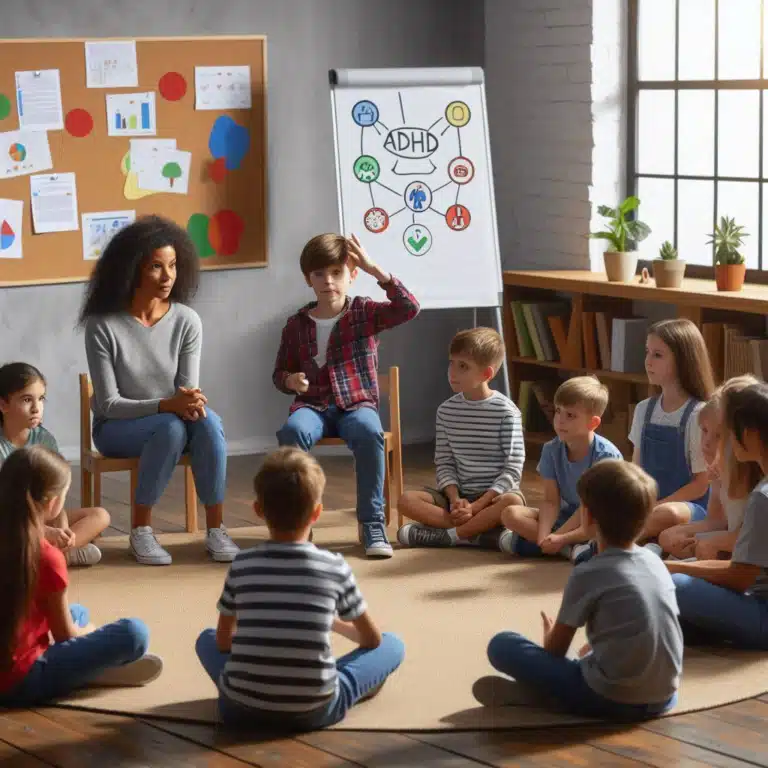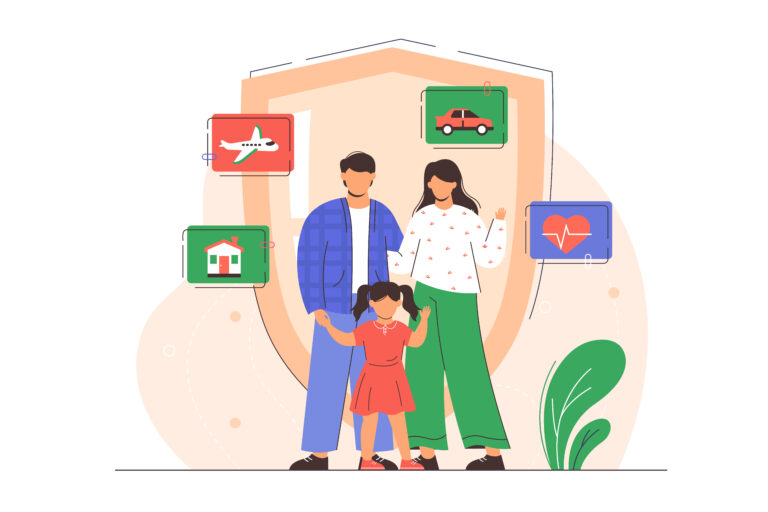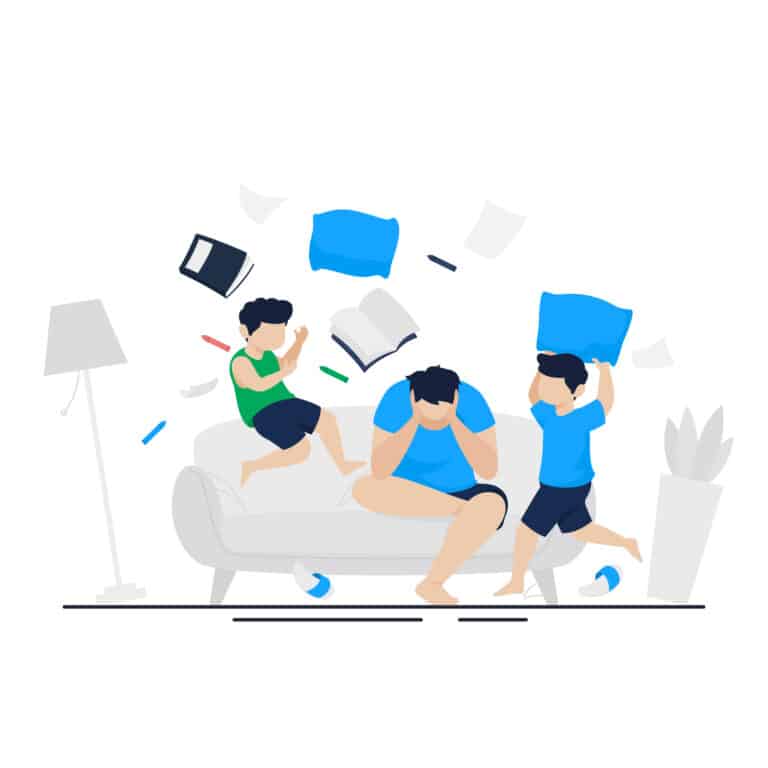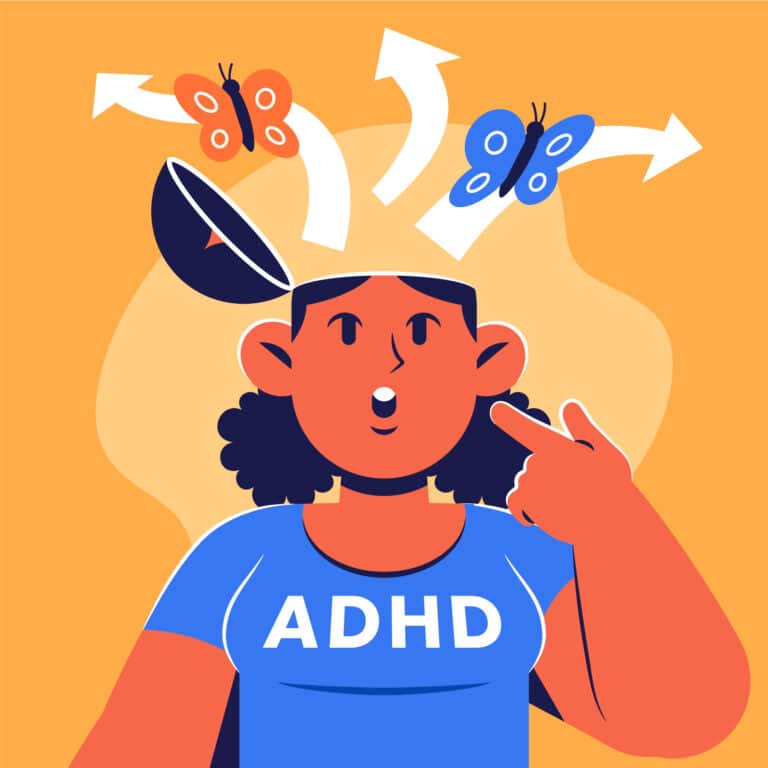What is ADHD Hyperfocus?
ADHD hyperfocus is a state of deep concentration where individuals with ADHD become fully absorbed in a task to the exclusion of all else. While often viewed as a challenge, hyperfocus can sometimes be a strength. The challenge is balancing its benefits and drawbacks, especially when it interferes with responsibilities or daily activities.
How Hyperfocus Differs from Inattention
ADHD is commonly associated with a lack of focus, but the reality is more nuanced. The issue isn’t the absence of attention but difficulty regulating it. ADHD hyperfocus tends to kick in during activities that the individual finds especially interesting or rewarding, such as hobbies, video games, or creative projects. This intense focus contrasts with the distractibility typically seen in ADHD, such as difficulty staying on task in less engaging activities like schoolwork.
Hyperfocus in Children with ADHD
Children with ADHD often experience hyperfocus when engaged in activities they enjoy. While this can boost productivity in some cases, it frequently causes issues when the focus shifts away from important tasks like schoolwork. For instance, a child might spend hours immersed in a video game but find it hard to focus on homework or household chores. Recognizing these hyperfocus tendencies early can help parents and educators create strategies to manage it more effectively.
Hyperfocus and Productivity
For some, hyperfocus can be a significant asset, helping them master complex skills, meet deadlines, or solve challenging problems. However, the downside emerges when the intense concentration interferes with time management or personal responsibilities. People with ADHD might find themselves missing meals, staying up too late, or neglecting essential duties because they’ve been caught up in a task for hours. This can negatively impact academic performance, relationships, and daily routines.
Signs of Hyperfocus in ADHD
- Time flies by unnoticed: A person becomes so absorbed in an activity that they lose track of time.
- Difficulty shifting focus: It becomes hard to transition from one task to another.
- Ignoring external needs: Basic needs, like eating or sleeping, may be overlooked.
- Narrow focus on one task: All attention is funneled into one specific activity or project, sometimes at the expense of other important responsibilities.
Managing ADHD Hyperfocus
There are no medications that directly treat hyperfocus, but strategies can help:
- Environmental Cues: Setting alarms or timers can help break periods of hyperfocus, reminding individuals to shift gears.
- Task Scheduling: Using structured routines like the Pomodoro Technique allows individuals to schedule work in manageable chunks of time, followed by breaks.
- Physical Reminders: Placing sticky notes or other physical reminders around workspaces can act as visual cues to refocus on time-sensitive tasks.
- Mindful Breaks: Encourage breaks during long tasks, especially when hyperfocus sets in. A short walk or stretch can help reset attention.
Helping Children Manage Hyperfocus
For parents, supporting a child with ADHD and hyperfocus can be tricky. Hyperfocus can be beneficial for learning or creative projects, but it can also cause problems when children struggle to shift their attention back to important tasks like homework. Structuring time and introducing boundaries are critical steps. Limiting screen time, using visual or audio reminders, and creating daily routines help children maintain a healthy balance between focus and play.
Hyperfocus in Adults with ADHD
Hyperfocus can persist into adulthood. Many adults with ADHD may find themselves stuck in activities that captivate them, such as binge-watching a TV series or diving deeply into work projects while neglecting other responsibilities. Adults benefit from similar strategies used for children, but they also need to develop self-awareness about their triggers. Recognizing when hyperfocus is setting in allows adults to apply techniques to regain control, such as setting alarms, taking regular breaks, and practicing mindful transitions between tasks.
Common Triggers for ADHD Hyperfocus
- Highly engaging tasks: Activities that provide immediate feedback, such as video games or creative hobbies, are common triggers for hyperfocus.
- Projects with clear goals: When an activity has a tangible result, such as completing a puzzle or writing a chapter, individuals with ADHD are more likely to enter a state of hyperfocus.
- Avoiding other tasks: Hyperfocus often emerges when people are trying to escape less enjoyable responsibilities.
Balancing Hyperfocus
It’s not always necessary to prevent hyperfocus. In fact, many individuals with ADHD harness it to achieve great results in areas they’re passionate about. The key is finding ways to control it, rather than letting it control you. Managing hyperfocus means creating boundaries around how long one can spend on a task and learning to recognize the signs that it’s becoming counterproductive.
Hyperfocus Beyond ADHD
While commonly associated with ADHD, hyperfocus is also observed in individuals with other conditions like autism, schizophrenia, and traumatic brain injury. In these cases, it’s important to work with professionals to better understand the role hyperfocus plays in each individual’s life and how best to manage it.
Final Thoughts
Hyperfocus is a natural part of life with ADHD. When managed well, it can be a powerful tool for learning, creativity, and productivity. But when left unchecked, it can disrupt daily routines and relationships. With the right strategies and support, individuals with ADHD can harness the benefits of hyperfocus while minimizing its potential downsides.
At Pathformers, we believe that understanding and managing ADHD hyperfocus is key to fostering better outcomes in both school and personal life.

